What is Photobiomodulation (PBM)?
PBM Therapy (photobiomodulation), also known as Low-Level Laser Therapy (LLLT), is a non-invasive treatment that stimulates biological changes at the cellular level through light photons. This therapy utilizes specific wavelengths of light to activate mitochondria, enhancing blood and lymph circulation, nerve function, and ATP production.
Both PBM and LLLT are officially recognized terms in the Medical Subject Headings (MeSH) by the U.S. National Library of Medicine. As of February 2024, PubMed, a biomedical literature database, features more than 5,261 peer-reviewed studies on PBM and LLLT, underscoring its growing clinical significance.

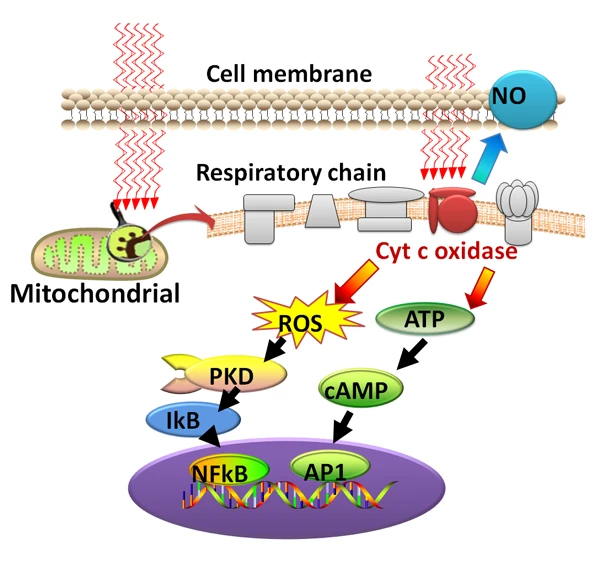
The Science Behind PBM
Photobiomodulation (PBM) therapy enhances cellular regeneration and metabolic function by stimulating mitochondria with specific wavelengths of light, leading to lasting benefits even after treatment. Research by Professor Tiina Karu has demonstrated how PBM triggers chemical and biological processes that increase ATP production, optimizing cellular function and supporting overall health. By improving mitochondrial efficiency, PBM promotes better cellular regeneration, blood circulation, and waste removal—key factors in maintaining a healthy metabolism and systemic well-being.
Recognized as an emerging therapy, PBM has been included in the U.S. National Institutes of Health’s Medical Subject Headings (MeSH) since 2016, underscoring its significance in modern medical science.
How does Photobiomodulation(PBM) Work?
PBM helps activate capillaries and stimulate nitric oxide production in mitochondria. This improves oxygen and nutrient delivery to cells, accelerating cell regeneration—a key factor in recovery and overall health improvements.
Mitochondria produces ATP with oxygen and nutrients from the lungs and the digestive system. Recent studies show that specific wavelengths of light stimulate the enzyme Cytochrome C Oxidase (CcO) and enhance ATP production.
Note: Cytochrome C Oxidase (CcO) is a mitochondrial enzyme that plays a central role in ATP production and cellular energy generation.
What is Photobiology?
Photobiology is the study of how non-ionizing radiation affects biological systems. The effects of radiation can vary based on the wavelength, intensity, and frequency. When absorbed by the DNA, skin proteins, or specific drug molecules, radiation can trigger chemical and biochemical reactions within cells.
Non-ionizing radiation includes visible light and near-infrared (NIR), which do not have enough energy to ionize atoms or molecules. Ionizing radiation, such as ultraviolet (UV) rays, X-rays, gamma rays, and alpha and beta particles, has higher energy levels that can remove electrons from atoms, potentially causing cellular damage.

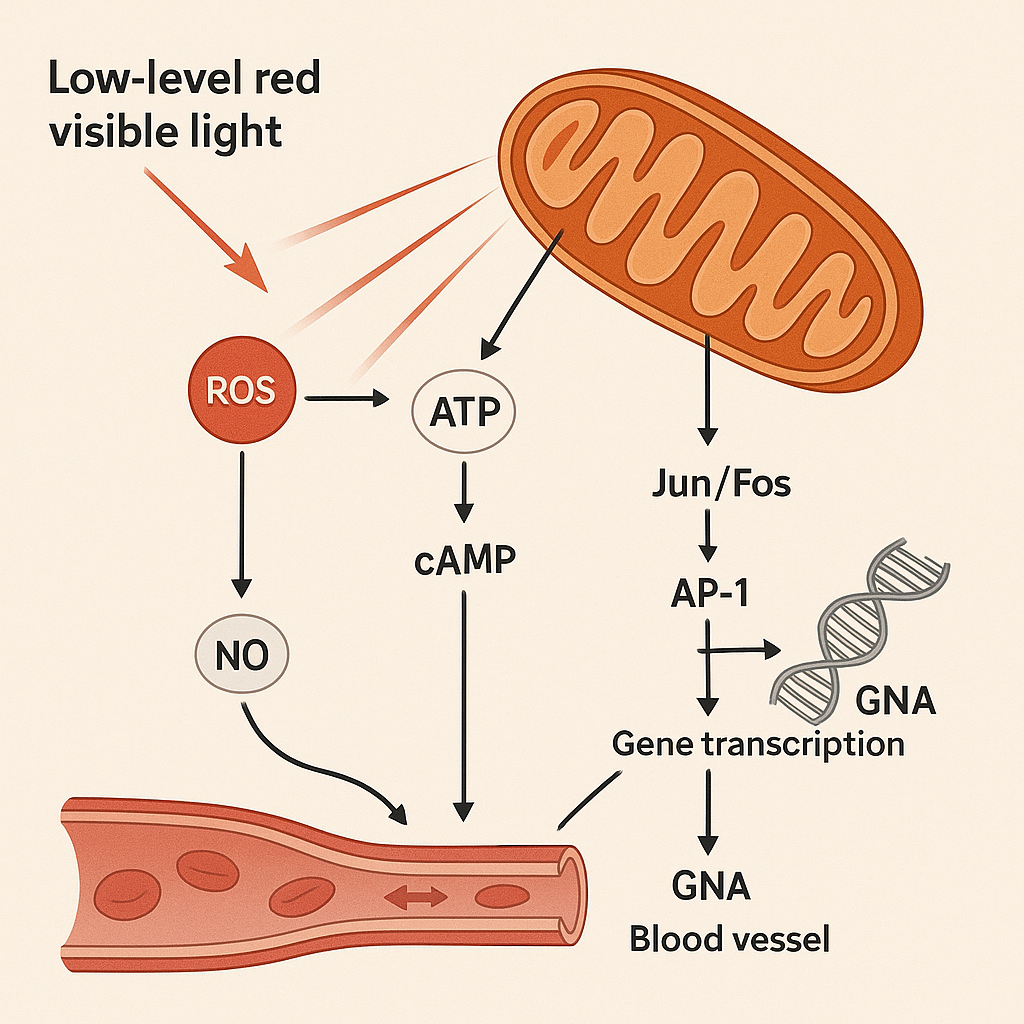
How does low-level red visible light work?
Photochemical reactions, or light-triggered chemical reactions, in biological systems are not new. A well-known example is vitamin D synthesis in the skin. When ultraviolet B (UVB) radiation reaches the skin, it converts 7-dehydrocholesterol (a cholesterol precursor) into vitamin D3, which is essential for bone health and immune function.
Medical research shows that when mitochondria absorbs low-level red light and near-infrared (NIR) energy, it stimulates ATP production. This process leads to gene transcription, which promotes cell repair and healing by generating a balanced level of reactive oxygen species (ROS).
In this process, nitric oxide (NO) plays a key role. It enhances neural signaling and intercellular communication, dilated blood vessels to improve circulation, and increases vascular elasticity by acting on vascular endothelial cells.
– NO (Nitric Oxide): Aids in intercellular signaling and communication, and improves blood circulation by dilating blood vessels.
– ROS (Reactive Oxygen Species) → PKD (Gene) → IkB (Inhibitor κB) + NF-κB (Nuclear Factor κB): NF-κB stimulates gene transcription.
– ATP (Adenosine Triphosphate) → cAMP (Catabolite Activator Protein) → Jun/Fos (Oncogenic Transcription Factors) → AP-1 (Activator Protein Transcription Factor, which stimulates gene transcription).
Key Roles of Nitric Oxide and Reactive Oxygen Species in Cell Signaling
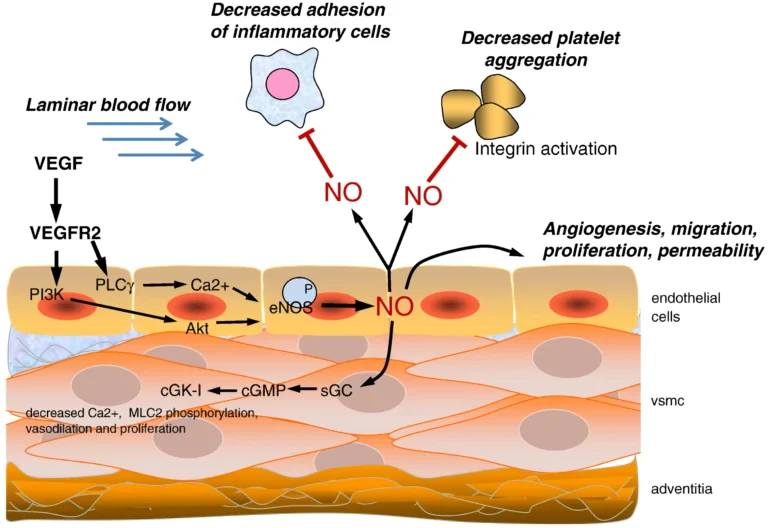
Nitric Oxide(NO) (Also known as nitrogen oxide or nitrogen monoxide)
Nitric oxide (NO) is a colorless gas and a compound in which nitrogen is oxidized. As a free radical, it contains an unpaired electron (represented by the dot in •NO), making it highly reactive in biological systems.
Beyond its chemical properties, NO plays a crucial role in human physiology. It is produced in cells from the amino acid arginine and acts as a signaling molecule in essential physiological processes, including: Vasodilation, which expands blood vessels and improves circulation, Immune responses that help the body fight infections, and Neural signal transmission, which support brain function and communication.
Additionally, as a heteronuclear diatomic molecule, NO has contributed to the development of modern chemical bonding theories.
Reactive Oxygen Species(ROS)
Reactive oxygen species (ROS) are chemically reactive molecules that include hydrogen peroxide (H₂O₂), superoxide ion (O₂⁻), singlet oxygen (¹O₂), and hydroxyl radicals (•OH). While ROS helps defend the body by attacking pathogens, excessive production can damage normal cells and contribute to oxidative stress.
Certain wavelengths of light exposure can increase ROS production. In this process, ROS activates redox-sensitive transcription factors, such as NF-kB and AP1, which are involved in triggering immune responses to fight inflammation and infection. These redox-sensitive transcription factors help trigger the transcription of genes that protect against oxidative stress.
In other words, light-induced ROS can act as antioxidants by activating protective cellular responses. However, achieving this therapeutic effect depends on the appropriate wavelength, light intensity, and precise targeting of cells or chromophores. This principle is based on the first and second laws of photobiology.
For photobiomodulation to be effective, two key conditions must be met precisely.
According to the first law of photobiology (Grotthus-Draper Law), if light is not absorbed, no reaction will occur. Proper absorption depends on the correct wavelength, intensity, and targeting. Additionally, photon intensity (measured as spectral irradiance/output density, W/cm²) must be high enough to trigger a biological response. If photon intensity is too high, the target tissue may experience excessive heat, and if the intensity is too low, the treatment may also be ineffective.
Secondly, there must be an appropriate amount of energy. The dosage, or fluence (J/cm²), must be sufficient to achieve the desired effect. In cases where the fluence is low, simply extending exposure time to compensate for low output intensity will not work. This is because the Bunsen-Roscoe Reciprocity Law (the second law of photobiology) does not hold true at low power densities—meaning prolonged exposure at insufficient intensity will not yield the desired results.
Basic Knowledge of Phototherapy
Three renowned doctors have mentioned phototherapy.
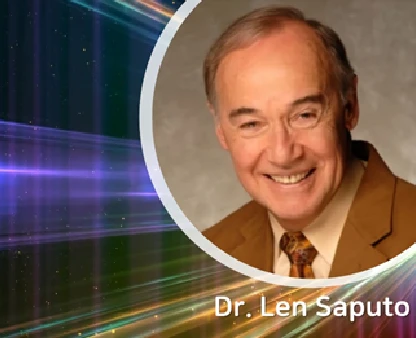
“I have treated many patients with modern medicine for over 30 years, but to be honest, my medical skills did not advance, nor did they significantly impact my patients’ health. However, phototherapy was exceptional in many ways. It can be said to be a future treatment that addresses the root causes of diseases without side effects.”
Dr. Len Saputo, MD
John Muir Medical Center in the San Francisco Bay Area, Clinical research on LLLT (Low-Level Light Therapy)
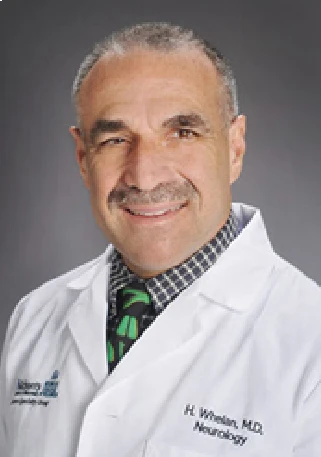
“By utilizing light energy within specific wavelength ranges, cells can actually trigger biochemical reactions, significantly increasing ATP production in the mitochondria, which promotes active cell regeneration.
During this process, cells produce nitric oxide, enhancing the elasticity of blood vessels, and ROS aids in the treatment of various pathogens.”
Dr. Harry Whelan, MD
Professor of Neurology at the University of Wisconsin School of Medicine, Neuro-Oncology, American Cancer Society
Recipient of the Clinical Oncology Research and Development Award for the treatment of brain tumors and neurofibromatosis using near-infrared photodynamic therapy. NASA phototherapy research grant recipient.

“Humans, like plants, survive through light, water, and air. Most living organisms can be considered photobiotic, and the ultimate biological nutrient is light. Light fundamentally operates as electrical energy within our biological systems.
Therefore, since all diseases are influenced by light, water, and air, managing these well can lead to healing.”
Dr. Gabriel Cousens
Gabriel Cousens is a holistic physician, homeopath, psychiatrist, family therapist, Ayurvedic doctor, and acupuncturist.
He is also one of the world’s leading diabetes researchers, an eco-leader, a spiritual master, and the founder and director of the Tree of Life Foundation and the Tree of Life Center.
Aging and Mitochondria: The Role of Light in Cellular Health
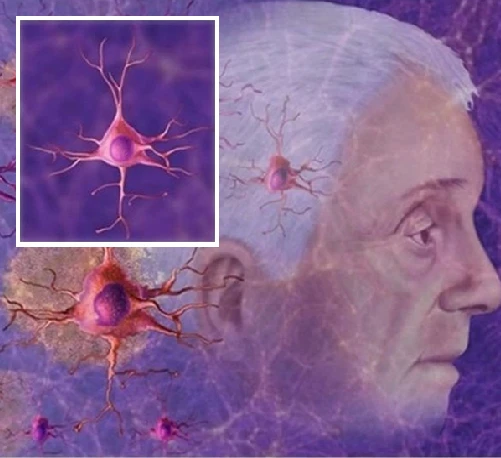
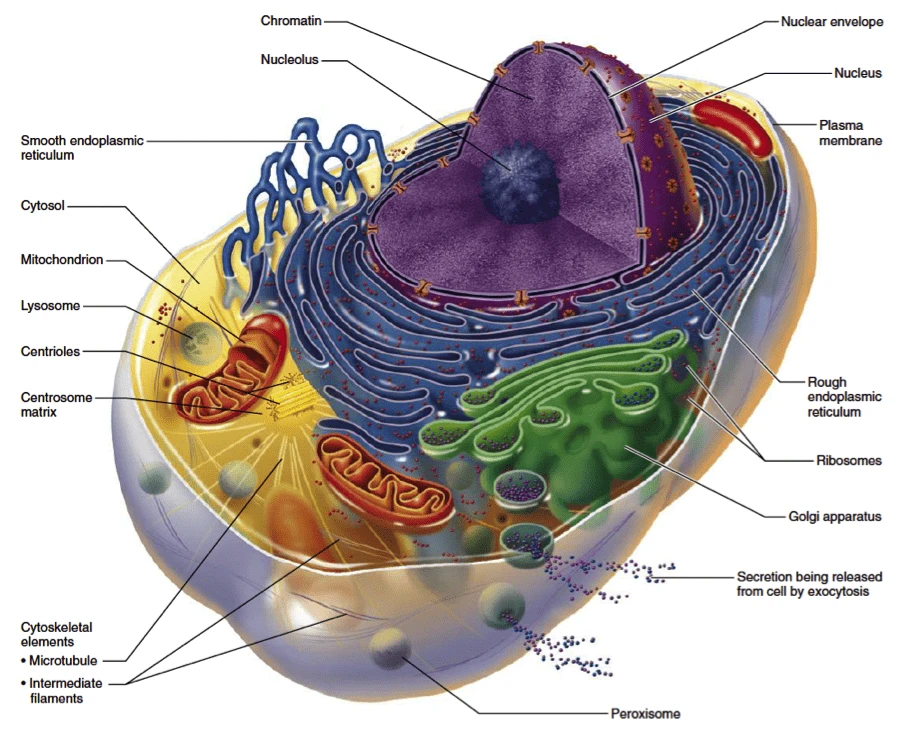
Aging theories have primarily focused on the role of mitochondrial function in cellular health. As mitochondrial function declines with age, so does the body’s ability to produce energy efficiently.
Photobiomodulation (PBM) has been found to be effective in slowing down and even reversing mitochondrial dysfunction. To date, over 5,000 clinical research studies that support this effect were published globally. Studies show that light at specific wavelengths helps reduce errors in the cell regeneration process, boost ATP and nitric oxide (NO) production, and improve blood circulation and energy levels. These effects promote recovery and overall well-being, reinforcing the importance of PBM in healthy aging.
Light is life itself.
Sunlight governs the survival of all living things on Earth. The Earth is continuously bathed in visible and invisible wavelengths, sustaining life through subtle vibrations. From violet to red in the visible spectrum and beyond, all life depends on this spectrum of energy for survival and longevity.
Understanding the Light Spectrum in Therapy
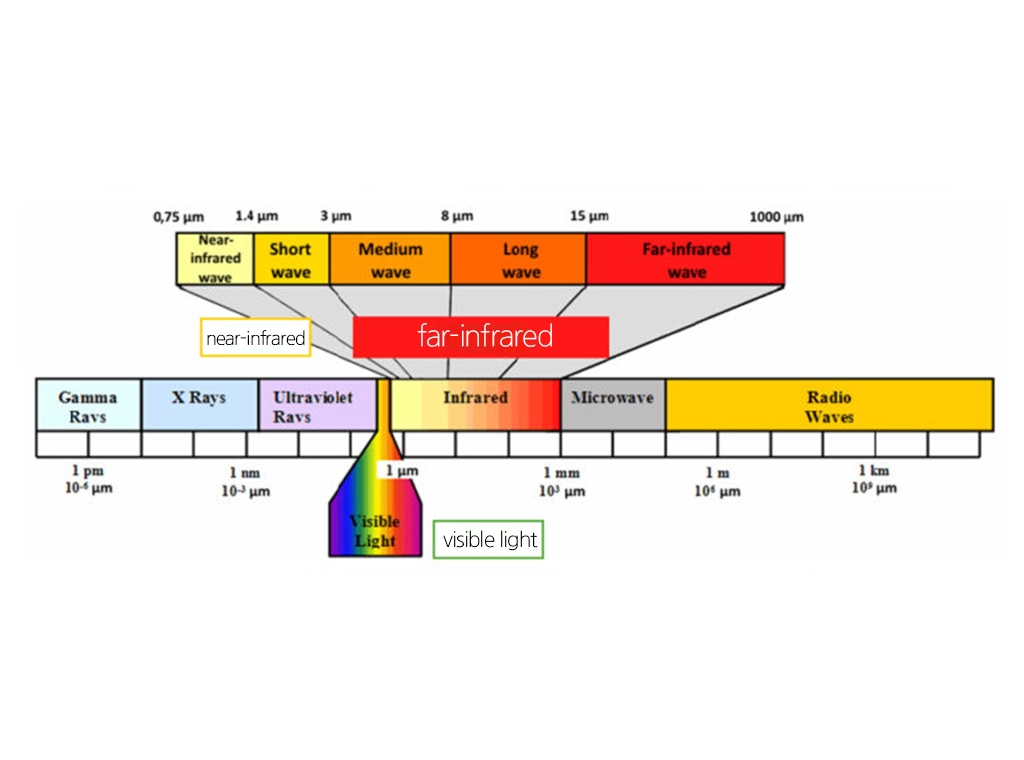
The visible light spectrum, which the human eye perceives, consists of the seven colors of the rainbow. Beyond this, the electromagnetic spectrum includes ultraviolet (UV), infrared (IR), and X-rays, which are invisible to the naked eye. While humans have harnessed electromagnetic waves in various fields, the scope of their therapeutic applications remain relatively limited.
This article focuses on near-infrared (NIR) and visible light, which are particularly relevant to health and therapeutic applications. Historically, sunlight was used directly for therapy, but after the harmful effects of UV radiation were discovered, alternative infrared therapy devices were developed. About 30 years ago, Germany introduced halogen lamp-based infrared therapy using water as a medium. However, these devices emitted minimal near-infrared light, limiting their effectiveness. This led to the development of low-level light therapy (LLLT) devices using LEDs, which provided more controlled and effective therapeutic benefits.
Today, near-infrared light (800nm–1,060nm) and visible light (430nm–750nm) are widely used in medical and wellness treatments. However, not all light therapy is equally effective—the therapeutic benefits depend on factors such as: wavelength selection (each spectrum has distinct effects), light intensity and power output, and pulse modulation and exposure time. Incorrect use of light therapy may reduce or eliminate its therapeutic benefits, and in some cases, excessive exposure can lead to unwanted side effects. Precision in application is key to achieving optimal therapeutic outcomes.
The Role of Light in Life: From Photosynthesis to Healing
Plants sustain life through photosynthesis, a process that converts sunlight into energy. By absorbing water and nutrients from the soil and carbon dioxide from the air, plants release oxygen and produce essential nutrients such as chlorophyll, minerals, and vitamins.
Just as plants depend on light, animals and humans also rely on photochemical processes to support biological functions. Light plays a crucial role in circulation, healing, and disease prevention—a principle that has been recognized for centuries.
In 2002, Dr. Harry Whelan of NASA, in collaboration with the Medical College of Wisconsin, conducted a groundbreaking study on the health benefits of LED light therapy. Originally developed for commercial plant growth research, NASA’s powerful LED technology was found to significantly accelerate wound healing and cellular repair. LED light therapy helped treat severe burns and slow-healing wounds, muscle and tendon injuries, nerve damage, and eye injuries.
In particular, the study discovered that cytochrome c oxidase (CcO), a mitochondrial enzyme essential for ATP (adenosine triphosphate) production, absorbs specific wavelengths of light. This was a significant biological discovery showing that cellular energy depends on light. Humans and animals absorb light through the eyes and skin, and they use it to regulate biological processes for health and vitality.
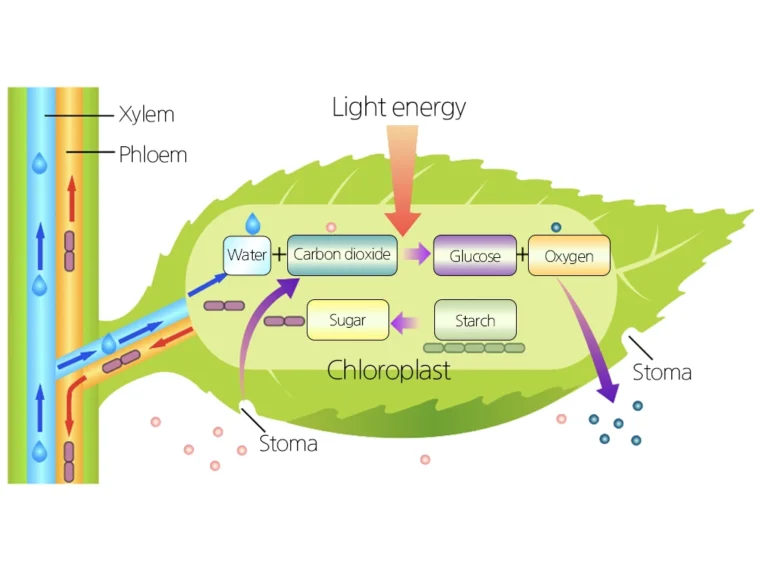
The Evolution of Low Level Laser Therapy (LLLT)
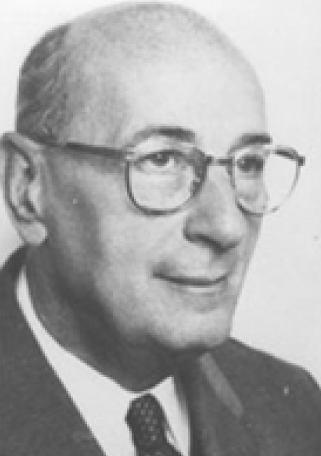
Professor Endre Mester
The history of low-level laser therapy (LLLT) dates back to 1965, shortly after the invention of the first laser. Professor Endre Mester at Semmelweis University in Budapest, Hungary, conducted a pioneering study to determine whether lasers could induce cancer. He observed that the treated group did not develop cancer, but, instead, that their back hair growth became significantly faster. This unexpected discovery led to a new field of research on the healing potential of low-level laser therapy (LLLT).
In 1971, Professor Mester published his first paper demonstrating that laser light could accelerate wound healing. By 1984, he had treated more than 1,300 patients suffering from chronic wounds or ulcers that had not responded to traditional drug treatments or plastic surgery, proving the effectiveness of low-level laser therapy.
Meanwhile, research on low-level laser therapy also saw major advancements in the Soviet Union. During the 1980s, Soviet forces implemented LLLT to accelerate wound healing in the battlefield, finding great clinical success during the Afghanistan war.
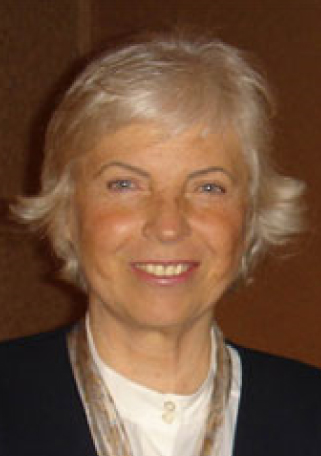
Professor Tiina I. Karu, Russian Academy of Sciences
Professor Tiina I. Karu, a leading authority in the field of low-level laser and LED light therapy, has made significant contributions to advancing photobiomodulation research. In 2011, she was awarded the Contribution Award by the North American Association for Laser Therapy (NAALT). While laser-based LLLT requires professional training, LED light therapy provides a more accessible alternative, allowing safe, at-home treatment for various conditions.
One of the key factors that determine the effectiveness of low-level laser and LED light therapy is the wavelength spectrum of the LED. Wavelengths, measured in nanometers (nm), determine whether light penetrates deeply into tissue and delivers therapeutic benefits. The visible light spectrum ranges from 380nm (violet) to 750nm (red), and ultraviolet (UV) light (below 380nm) and infrared (IR) light (above 750nm) are invisible to the human eye. Infrared light is further classified into near-infrared (NIR) and far-infrared (FIR), with NIR being widely used in therapy due to its deep tissue penetration properties.
While LEDs were initially developed for industrial purposes, researchers have applied them to medical research. However, not all wavelengths are equally effective for therapeutic purposes. Precise spectrum selection is crucial to achieve the desired therapeutic effects.
For example, certain specific wavelengths within the red (610nm–750nm) and near-infrared (780nm–1,100nm) spectra have been found to have greater therapeutic benefits. However, some wavelengths may have little to no effect or even cause unwanted side effects, depending on light intensity and exposure duration. To maximize clinical efficacy, it is essential to apply a range of effective wavelengths rather than relying on a single wavelength, and adjust intensity and exposure duration based on the targeted body part and medical conditions of the patient.
As research continues, further refinement of wavelength applications will help enhance precision and effectiveness in light-based therapies.
Light Penetration in PBM Therapy
The depth to which light penetrates the human body depends on its wavelength. Red visible light (620–750nm) penetrates deeper than blue or green light, while near-infrared (NIR) light can reach even further. According to research by NASA, the 940nm near-infrared light can penetrate up to 23cm below human skin, the key to finding deeper therapeutic effects.
Dr. Pankratov’s research found that specific wavelengths of light travel along meridian pathways in the body, areas long associated with acupuncture points. His team observed that when light was applied to certain areas of the skin, it traveled along these meridian pathways, up to 10 cm beneath the skin.
He concluded: “The human body has a light distribution system similar to fiber optics, allowing visible and near-infrared light to travel long distances along meridian pathways.“
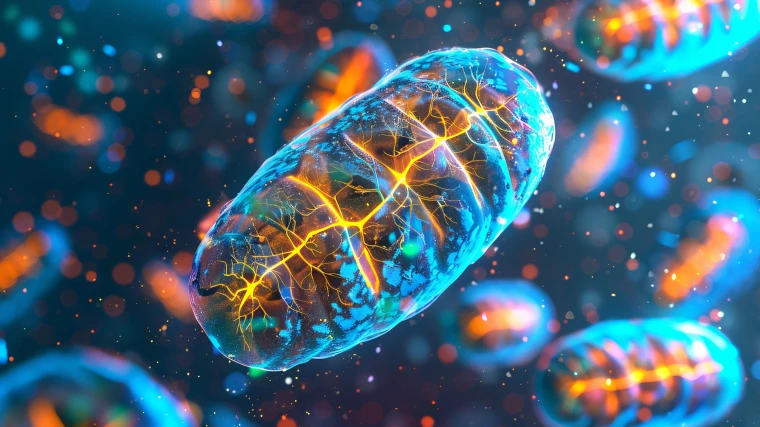
Cytochrome c Oxidase Enzyme
Cytochrome c Oxidase (COO) is a light-sensitive enzyme in the mitochondria that absorbs specific wavelengths of light, such as visible and near-infrared light. When these wavelengths of light are applied to tissue cells, COOs absorb the light, increasing electron transport and accelerating ATP synthesis, which provides extra energy for cellular healing. As the powerhouses of the cell, mitochondria play a vital role in converting oxygen, nutrients, and light into energy, supporting overall tissue repair and function.
ATP
Adenosine Triphosphate (ATP) is the body’s primary energy source, fueling cellular activity, immune function, and tissue repair. Increased activation of cytochrome c oxidase enhances ATP production, ensuring the body has sufficient energy for healing and maintaining immune balance.
Dr. Harry Whelan’s research, supported by NASA, highlights: “Near-infrared light is optimal for increasing cellular energy, supplying energy to tissues, and accelerating healing.”
Similarly, Dr. Tiina Karu underscores the importance of ATP, stating: “ATP is not only the primary energy source within cells but also an important signaling molecule that facilitates communication between cells and tissues throughout the body.”
DNA
Cell growth, repair, and regeneration are dictated by DNA, which orchestrates precise signaling programs within cells. Dr. Harry Whelan’s NASA-supported studies have shown that specific wavelengths of light, particularly the red and near-infrared spectrum, can interact with cells and DNA.
Dr. Whelan revealed that: “Using the red and near-infrared spectrum of visible light at NASA, studies on DNA synthesis in fibroblast and muscle cells showed a fivefold increase in muscle cell formation compared to usual.”
This research demonstrates that specific light spectra can positively influence DNA activity, enhancing cell regeneration and tissue repair.
Support Your Health with Science-Backed Light Therapy
Whether you’re addressing inflammation, fatigue, or recovery, our PBM treatment device is engineered to bring professional-grade results to your home.
References: LLLT (Low Level Laser Therapy), PBM Theraphy
1. “Light Therapy: Light that Excels at Treating Pain,” Len Saputo, MD, Alternative Medicine Magazine, January/February 2003
2. NASA Press Release: “NASA Space Technology Shines Light on Healing,” December 18, 2000
www.photonicenergetics.com/NASA%20Light%20Healing.pdf
3. “THOR Low Level Laser Therapy (LLLT) for Wound Healing,” https://www.thorlaser.com/wound/clinical-research.php
4. “Light Coherence,” Tiina I. Karu, www.photobiology.info/Coherence.html
5. “Effects of NASA LED Irradiation on Wound Healing,” Harry T. Whelan, MD, et al, Journal of Clinical Laser Medicine & Surgery, Volume 19, Number 6, 2001
6. Two references:
– “Photobiology of Low Power Laser Therapy Effects,” Tiina Karu, Health Physics Vol. 56 No. 5, 1989
www.ncbi.nlm.nih.gov/pubmed/2651364
– “Cellular Mechanisms of Low Power Laser Therapy: New Questions,” Tiina I. Karu
7. Three references:
– “NASA Space Technology Shines Light on Healing,” www.laserthera.com/press_release_3.htm or
http://www.photonicenergetics.com/NASA%20Light%20Healing.pdf
– “NASA’s LED Technology Brings Relief in Clinical Trials,”
https://www.nasa.gov/home/hqnews/2003/nov/HQ_03366_clinical_trials.html
8. “NASA LEDs Prevent Oral Mucositis in Pediatric Bone Marrow Transplant Patients,” Harry T. Whelan, MD, et al, Journal of Clinical Laser Medicine and Surgery, Volume 20, Number 6, 2002
9. “Laser Research: Abstracts and Studies on Oral Mucositis,”
https://rj-laser.com/de/
10. “Increased Fibroblast Proliferation Induced by Light Emitting Diode and Low Power Laser Irradiation,”
Vinck EM, Cagnie BJ, Cornelissen MJ, Declercq HA, Cambier, DC, L, Lasers Med Sci, 2003,
https://www.researchgate.net/publication/10605217_Increased_fibroblast_proliferation_induced_by_light_emitting_diode_and_low_power_laser_irradiation
11. Four references:
– “Light Therapy Tackles Eye Injuries,”
https://www.newscientist.com/article/dn2525-light-therapy-tackles-eye-injuries/
– “Light Therapy Prevents Eye Damage in Rats and Treats Injuries and Blindness,” Medical College of Wisconsin Release, March 04, 2003 (No longer available online)
– “Therapeutic Photobiomodulation for Methanol-Induced Retinal Toxicity,” J.T. Ells, et al, PNAS (Proceedings of the National Academy of Sciences), March 18, 2003, vol. 100, no. 6, 3439–3444
https://www.ncbi.nlm.nih.gov/pmc/articles/PMC152311/
– “NASA Can Reverse Blindness with Light Therapy,” July 10, 2002
12. “Healing with Light,” Dr. Sherry Roger, Total Wellness, January 2005
13. “Results of Near-Infrared LED Light Therapy —Nikken’s New Kenko Wave,” Bipin Deshpande, MBBS, DVD, 20th World Congress of Dermatology, Paris, July 2002
14. “Pain and Disability Reduction in Degenerative Knee Osteoarthritis Patients Treated with Light Therapy,” Jean Stelian, MD, Israel Gil, MD, Beni Habot, MD, Michal Rosenthal, MD, Julian Abromovici, MD, Nathalia Kutok, MD, and Auni Khahil, MD, Journal of the American Geriatrics Society, 40, 23–26, 1992
https://pubmed.ncbi.nlm.nih.gov/1727843/
15. “LED Light Therapy Smooths Wrinkles and Increases Collagen without Pain, Heat, or Risk,” Jane Schwanke, Cosmetic Surgery Times Special Reports, May 1, 2004
16. “Regulation of Skin Collagen Metabolism in Vitro Using 660 nm Visible LED Light Source: Clinical Correlation with a Single-Blinded Study,” Daniel Barolet, et al, The Society for Investigative Dermatology, 2009
www.sciencedirect.com/science/article/pii/S0022202X15341749
17. “Multiple Roles of Cytochrome c Oxidase in Mammalian Cells Induced by Red and Near-Infrared Radiation,” Tinna I. Karu, Life, 62(8): 607–610, August 2010
18. “NASA’s LED Medical Program – Advancements for Space Flight and Terrestrial Applications,” Whelan et al., AIP Conference Proceedings Vol 504 (1) pp. 37–43, January 19, 2000
https://www.semanticscholar.org/paper/The-NASA-Light-Emitting-Diode-Medical-Program
Nogier Frequencies:
1. “Heat and Light Energy,” Charles T. McGee, MD, 2000 ISBN #0–9636979–6–X (Also a reference for the applications of specific Nogier Frequencies)
2. “Auriculotherapy Manual,” Terry Oleson, 3rd edition, 2003 ISBN #0 443 07162 4
Color Therapy:
1. “Compulsory Vaccination, A Menace to Personal Liberty,” J.M. Peebles, MD 1900
– “LED Gives a Big Gift to Young Cancer Patients: NASA Technology Used in Clinical Trials to Aid Plant Growth,” NASA News Release, November 05, 2003
www.nasa.gov/centers/marshall/news/news/releases/2003/03-199.html





